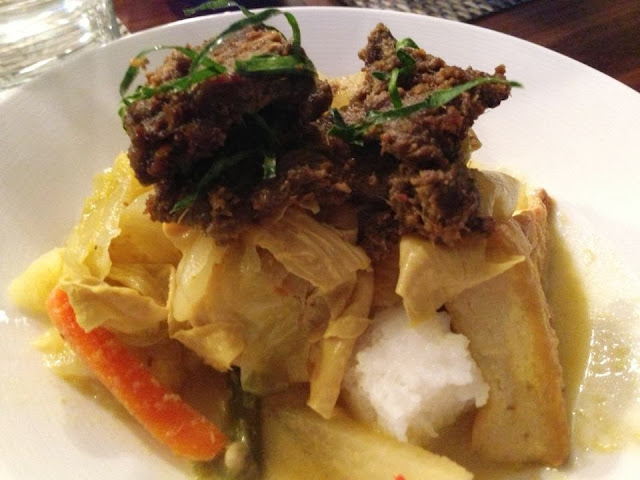Waiting in anticipation.
First Course: A cold plate consisting of cooked shrimp, a slice of sweet omelette, crispy whole baby crab, a delicate slice of fishcake, jellied plum, preserved plum, dried and crispy anchovies and edamame.
Second Course: Sashimi platter along with a succulent oyster.
Third course: Light broth with soy sheet and a sakura shaped fish cake.
Fourth course: Grilled seafood over hot stone.
Fifth course: Braised seafood tofu.
Final course: Japanese seafood sticky rice with a side of delicious clam miso.










